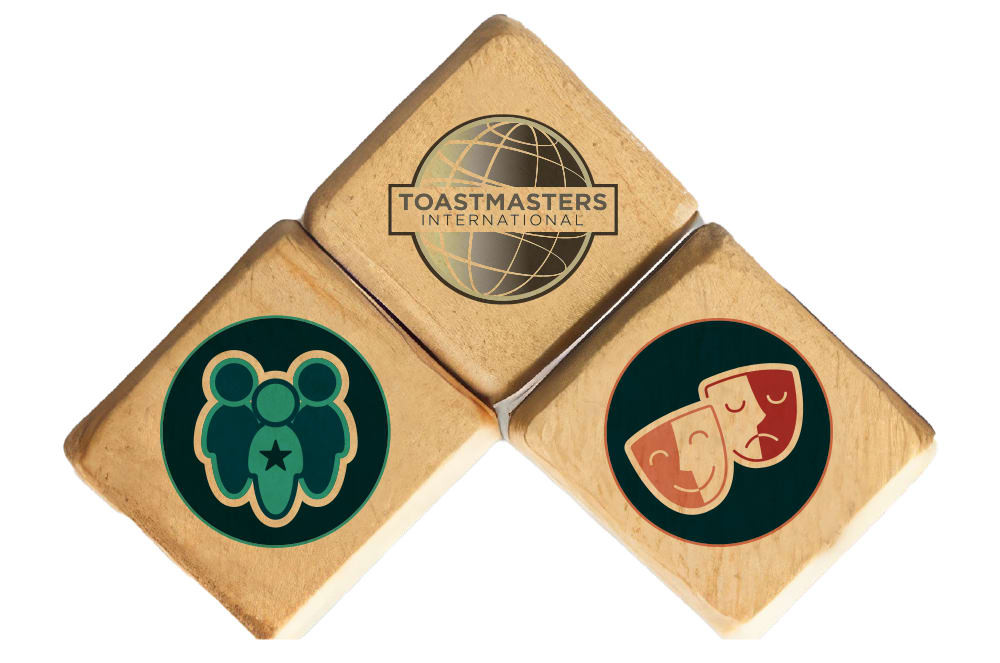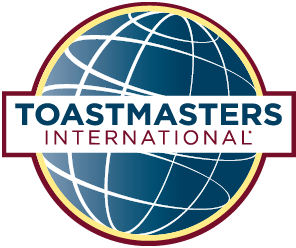
What comes to mind when you hear the term “team building”? Do you groan at the thought of sharing a “fun fact” about yourself? Are you excited at the idea of a work outing to play mini-golf?
While having fun—forced or otherwise—with your fellow club members or work colleagues isn’t a bad thing, it doesn’t necessarily constitute team building. True team building focuses on connection before content, a concept created by author Peter Block. It’s about interacting on a deeper level than simplistic icebreakers or whacking golf balls together.
When engaging in a carefully planned team-building activity aimed at creating trust and finding commonality, participants can build relationships and learn more about each other.
The quote “You can discover more about a person in an hour of play than in a year of conversation,” often attributed to Greek philosopher Plato, explains the benefits of these activities perfectly. In other words, talk doesn’t matter much unless the interaction is meaningful and authentic. Humans are much more likely to be open and vulnerable in an emotionally safe environment.
By interacting with others in a thoughtful, but low-stakes activity, you can build bonds and encourage collaboration, ultimately leading to a stronger team.
The Value of Team Building
Training sessions can be a fruitful source of team building. While it takes effort to create purposeful trainings, the payoff is worthwhile. The stronger relationships developed through such sessions lead to better collaboration and more trust among the group. More trust results in better, more efficient decision-making and communication.
“When I envision ‘team building,’ I see a safe, creative time where we can start to learn—outside of our work or Toastmaster role—who we really [are]. It can be bonding, and it can also be very revealing to everyone participating!” says Cindy Laatsch, DTM, who has served as a facilitator at Toastmasters’ District Leader Training. “We start to find our common and connecting threads, which can continue to develop the team’s relationships in the future.”
For example, perhaps team members are asked to break off into groups for an activity, and each group has to work together to create a structure with building blocks. (See the sidebar on team-building activities.) This exercise involves communication and teamwork.

Seeing how you react in team-building activities builds greater self-awareness. And knowing how you are likely to react in any given situation can help you communicate your needs. Laatsch explains, “Being self-aware—especially when feeling in conflict—can allow you to refocus your energy. A team-building activity—even if it feels prescriptive—can give us time to bleed off our internal stress and choose to refocus on the task at hand.”
Seeing how others navigate a group activity opens your eyes to how they see the world and therefore, expands your own understanding of your perspective. You can see yourself through someone else’s eyes, unlock your personal thought patterns, and better understand your own strengths and weaknesses.
Laatsch says another benefit of team building is that when you know someone better, it’s easier to choose to be kinder, more forgiving, and more supportive. All feelings that can help prevent future conflicts.
Identifying Unique Skill Sets
It’s important to understand what each member’s unique strengths are and how they can contribute to the team’s goals. Having a diverse set of skills within a team can promote new ways of thinking, lead to creative approaches, and increase productivity.
Observing a group engaged in an activity can help reveal each person’s strengths. For example, members often take on specific roles when working together. “You can see who has a natural tendency to lead. Some can strategize well, some can convince, and some can execute well,” explains Raj Bansal, DTM, a Past Region Advisor from Bangalore, Karnataka, India.
Laatsch suggests that activity facilitators not only watch what roles each person takes on, but also how each member approaches the activity and whether they choose to work together or alone. “Each of these observations can give insight into a person’s preferences,” she says. “Knowing personal style can go a long way to effective, supportive, and collaborative teams outside of the team-building activities.”
Observing your fellow team members can help you understand their communication and work styles. It also helps members learn how to work together and use their unique skill sets to complement others. For example, if one member is more comfortable working with data, another member who is skilled in storytelling can help present the information in a way that is easy to understand.

“Working together and allowing everyone to bring their own gifts—we can create what I like to call The Whole Brain!” says Laatsch. “A team—[at] work or Toastmasters—can be much more meaningful when it’s made of people who bring different ideas and ‘ways of being’ to the group.”
How to Start a Team-Building Activity
So you want to bring your team together to identify their strengths and weaknesses and learn to complement one another’s abilities. But where do you start? When designing activities for District Leader Training, the World Headquarters Training Team says the first thing they do is define the purpose of the training.
Before jumping into planning activities, the Training Team starts with the question, “What do you want the attendees to know, feel, do, or do differently as a result of participating?” They emphasize the importance of being clear about the desired outcome of the team-building activity.
Chad Littlefield, speaker, author, and founder of We and Me, a team-building-focused organization, explains that people should relate to each other in a purposeful way; otherwise, no progress or connection will be made.
No matter what the team’s goal is—whether it’s finding a solution to club members not renewing, or helping your company increase communication between departments—team-building activities must be focused on connecting before anything else.
According to Littlefield, there are three ingredients to create connection:
- Connect to each other—ideally by breaking out into smaller groups.
- Connect to the purpose of the gathering.
- Give people the choice to be authentic and vulnerable—don’t force people to dive deep on personal opinions.
Once you understand what the purpose of your activity is and how to create connection, you can design an intentional opening question to ask participants. Littlefield recommends avoiding basic questions. Don’t ask, “What’s your favorite color?” Instead, connect your question to the purpose of why the group is there. If you’re planning to redesign your club website, ask, “What website did you see recently that stood out, and why did you like it?”

The benefit of these types of questions is to get attendees thinking about their shared goal right from the start. It prepares the group to dive into the work.
Bansal, who has facilitated at District Leader Training, says he likes to ask people to share something that has provided them with accolades or praise. It allows people to open up and can give some insight as to what they feel their strengths are.
Once teammates have responded to your initial intentional question, it’s time to dive into the deeper work. Whatever activity you choose to conduct, make sure it can bring about the desired outcome. If your goal is to enhance communication, ensure that the activity requires members to talk to each other. If your purpose is to promote creativity, consider an exercise that encourages members to think outside of the box.
Conducting the Debrief
After completing a team-building activity, members should conduct a debrief. During this step, the group reflects on the experience and considers how the team worked together, what challenges they faced, and what they learned. By debriefing in a safe and supportive space, Laatsch says, members can continue to improve the group dynamics.
According to the Training Team, debriefing is important because it allows participants to reflect on their actions, identify behaviors that affect the group’s performance, and helps the team apply new insights to future situations. “For most individuals, ‘ah ha’ moments and significant insights about how their behavior affects team dynamics and performance do not arise while they are participating in the activity, but rather during the reflection process,” the Training Team says.
“A team—[at] work or Toastmasters—can be much more meaningful when it’s made of people who bring different ideas and ‘ways of being’ to the group.”
—Cindy Laatsch, DTMBy reflecting on an activity and what was learned, participants can also gain an awareness for others and discuss what each person’s work style is and how to adapt and work together going forward. This can help ensure that each member is contributing to the team and engaging with the group.
This step encourages teams to reflect on their work as a group and uncover new ways of working together. Whether the team completed the activity successfully or faced many challenges, the debrief helps members improve communication and team-building skills.
Continued Effort
According to the World Headquarters Training Team, team building is an ongoing process. Members should continue to focus on building strong relationships and forming connections with each other after their event or activity. The work doesn’t end just because the activity did.
Bansal says, “Through [the] team-building process, we in Toastmasters realize that as a team we can achieve more and have fun as well.”



 Previous
Previous

 Team-Building Activities to Try
Team-Building Activities to Try
 Previous Article
Previous Article

